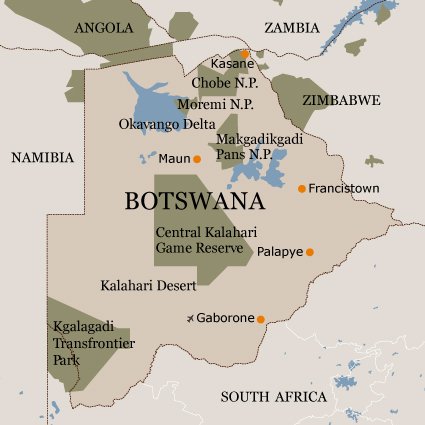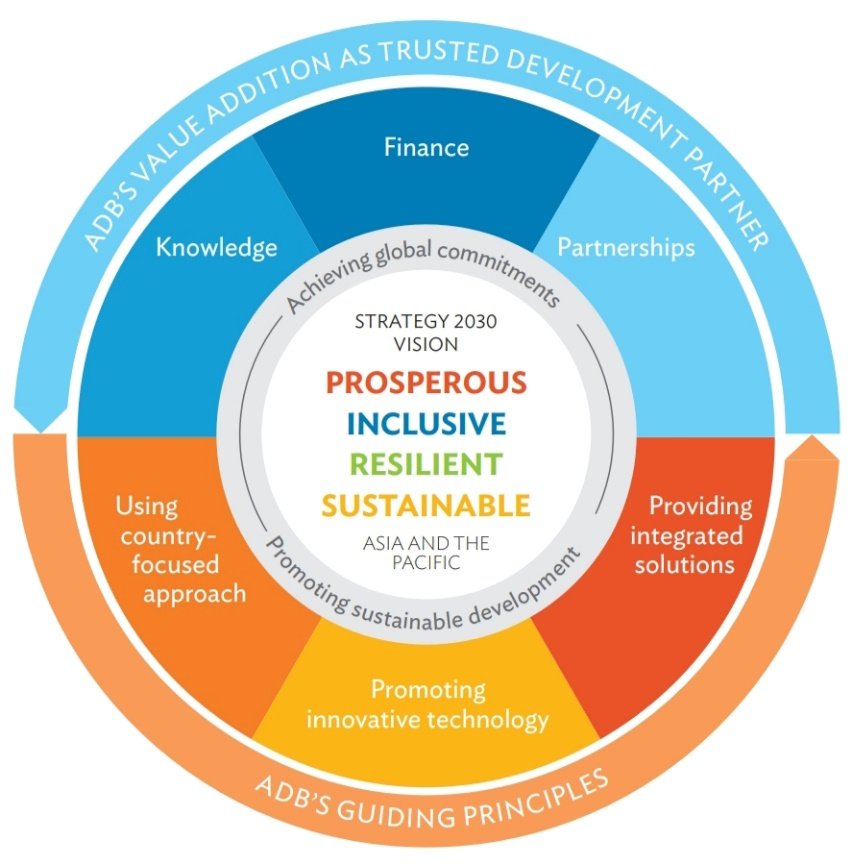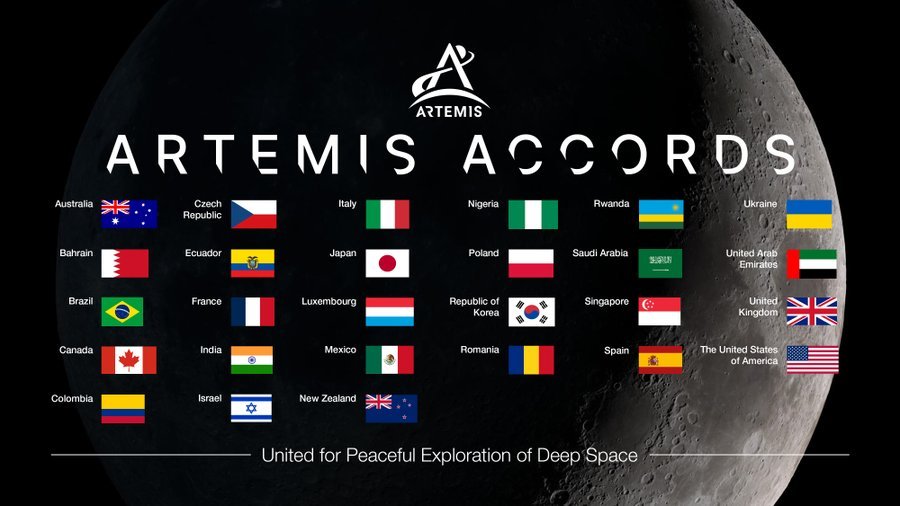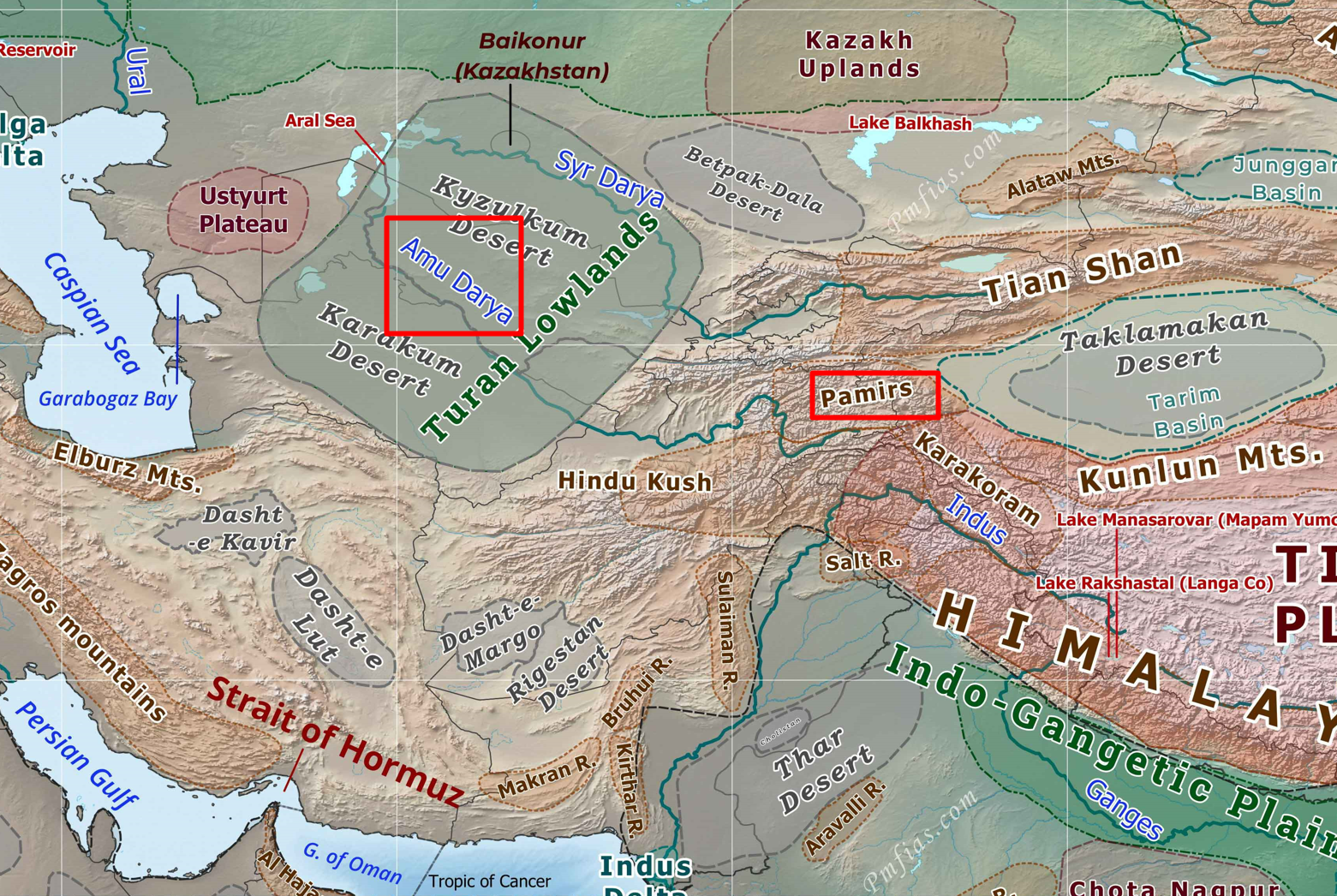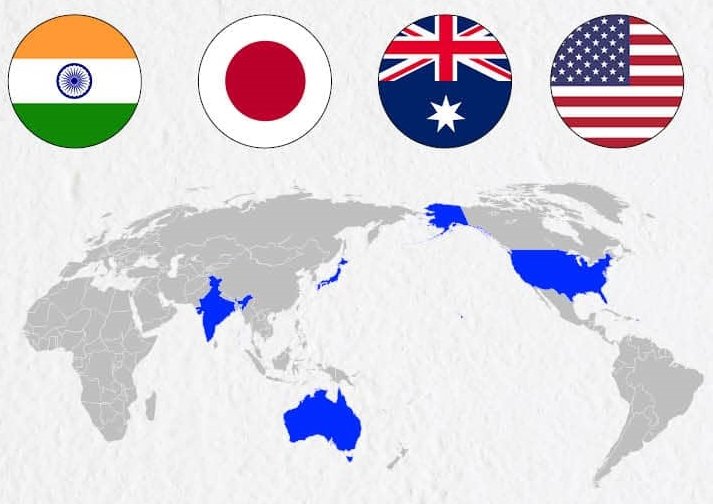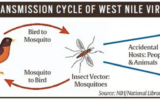
Current Affairs for UPSC Civil Services Exam – April 27, 2024
Subscribers of "Current Affairs" course can Download Daily Current Affairs in PDF/DOC
Subscribe to Never Miss an Important Update! Assured Discounts on New Products!
Must Join PMF IAS Telegram Channel & PMF IAS History Telegram Channel
{GS1 – WH – Events} Carnation Revolution
- Context (IE): Portugal celebrated 50 years of the Carnation Revolution.
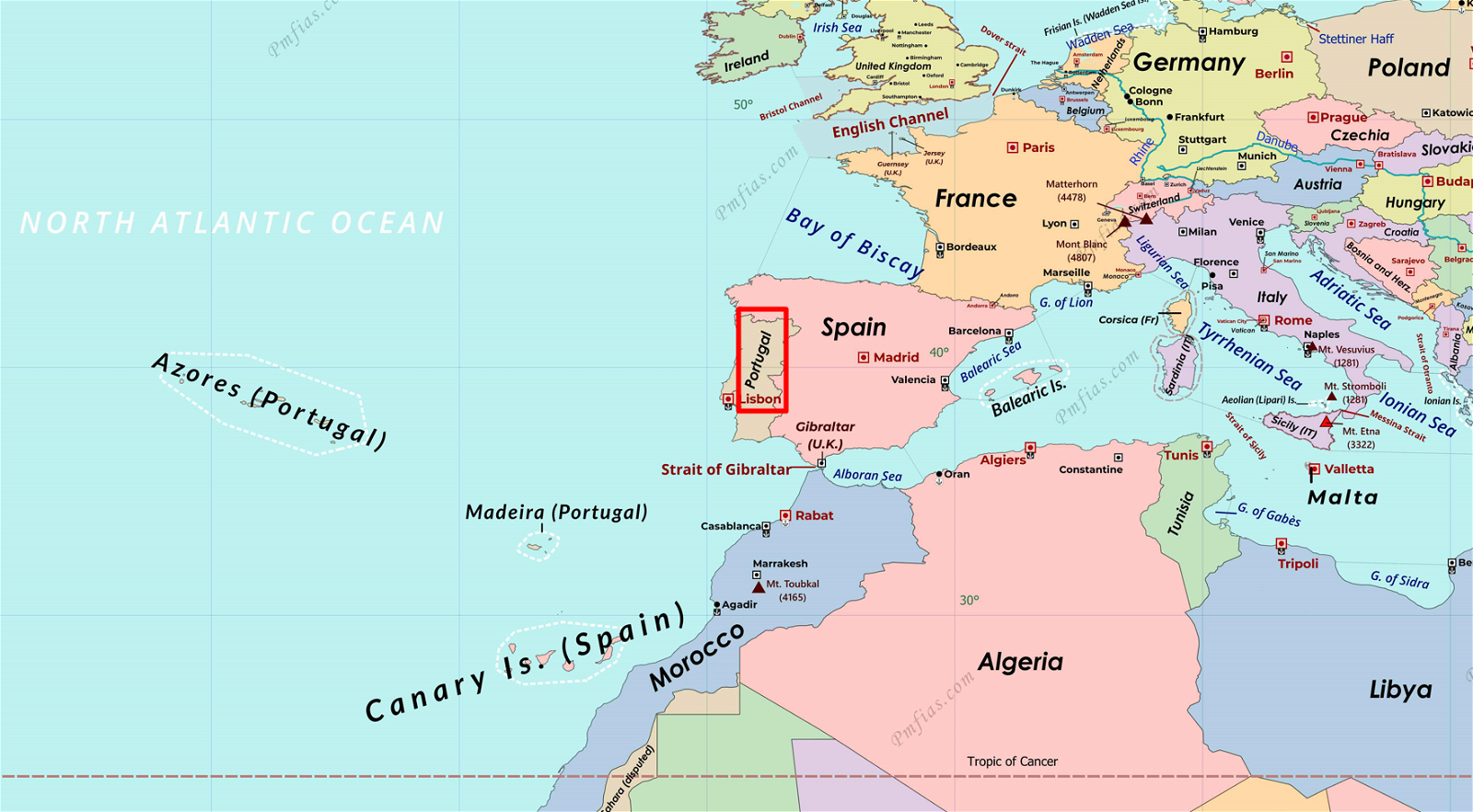
- The Carnation Revolution toppled the longest fascist dictatorship in Europe & ushered in democracy.
- Antonio Oliveira Salazar ruled Portugal from 1932 to 1968, but the regime lasted for another six years under his successor, Marcelo Caetano, finally crumbling on April 25, 1974.
Rise of Salazar
- From professor to finance minister: A professor of political economy, Salazar became Portugal’s Finance Minister in 1928.
- Financial progress: Salazar balanced the budget and stabilised Portugal’s currency in a year, helping the financially stressed Portuguese economy progress.
- Concentration of power: In 1932, he was appointed Prime Minister of Portugal by the then-President and dictator Antonio Oscar de Fragoso Carmona. He concentrated political power within himself.
- Establishment of New State: In 1933, Salazar established the Estado Novo (literally, “New State”) — a conservative, corporatist, and nationalist regime built on Portugal’s traditional Catholic values.
- Popular leader: From 1934 to 1965, Salazar secured 100% valid votes in Portugal’s National Assembly.
Revolution
- Demand for democracy: The almost bloodless revolution was conducted by a group of junior army officers who wanted democracy.
- Opposition to wars: Revolutionaries wanted to put an end to long-running wars against independence movements in the African colonies of Angola, Mozambique, and Guinea-Bissau.
Relevance of Salazar in Present Portugal: Chega Party
- While most Portuguese are proud of the April 25 revolution, the recent surge is seen in support for the populist, anti-immigration Chega party.
- Chega frequently uses Salazar’s motto, “God, patriotism, and family,” in addition to “work.”
- Founded in 2019, Chega is currently the third-largest party in Portugal.
{GS2 – IR – Asia} Rise of “New” Japan
- Context (IE): The Japanese PM’s address to the US Congress indicates the arrival of a new, assertive Japan to the world.
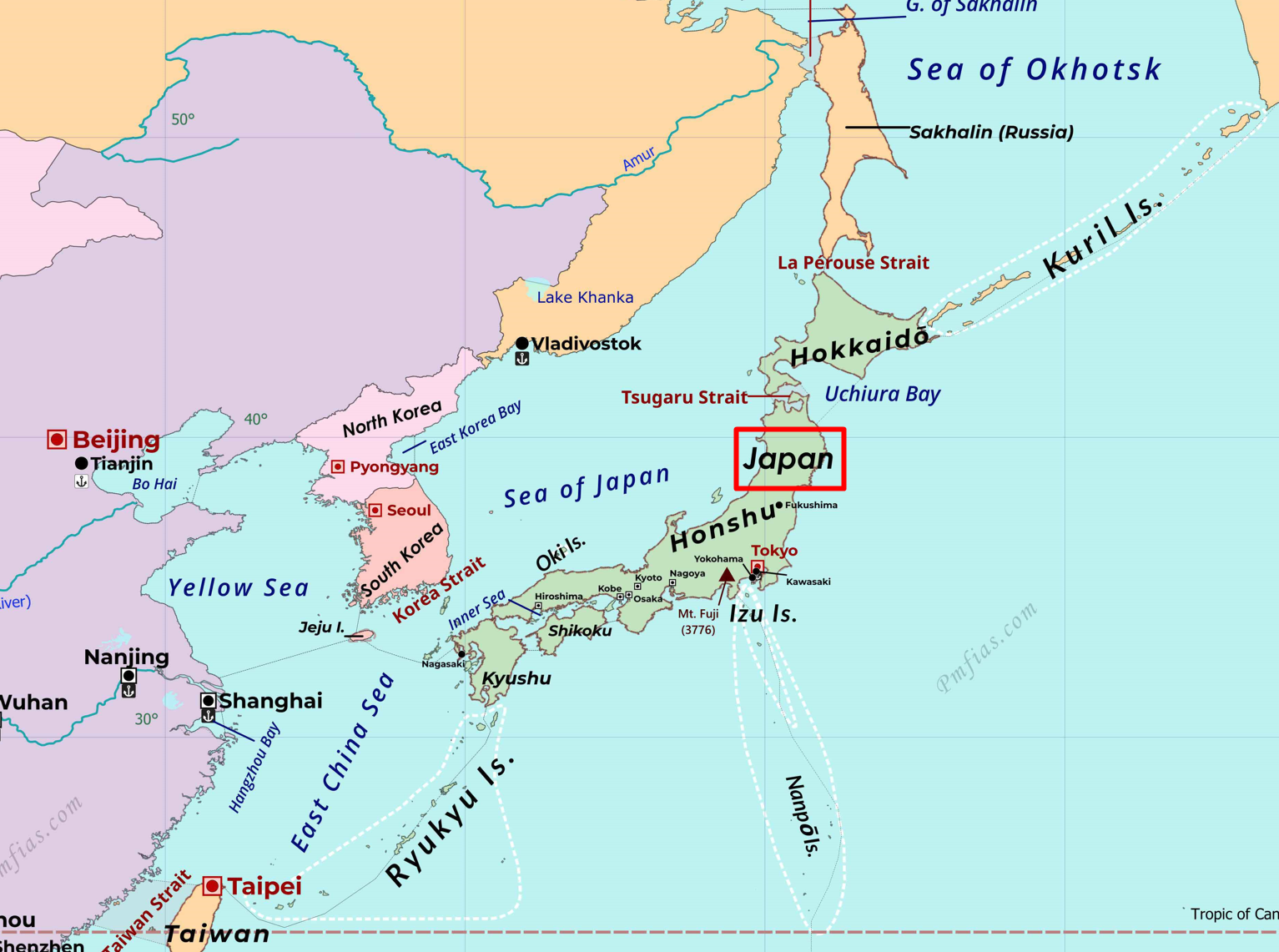
Japan Post World War II
- Policy of pacifism: It avoided building significant armed capability, limited its defence expenditure, and refused to participate in military conflicts. The determination to expiate its militarism and imperialism was reversed post-war.
- Military alliance with the US: Japan’s pacifism was compensated by its bilateral military alliance with the United States.
- Focus on economy: As a US protectorate in Asia, Japan was free to focus its energies on rebuilding its economy. By the end of 1970s, Japan became the world’s second-largest economy, behind only the US.
Second transition of Japan in the 2000s
- Idea of Indo-Pacific: Japan began to articulate new security architecture in Asia, including the idea of the Indo-Pacific.
- Military resources: Japan is matching its strategic ideas with military resources and the political will to actively reshape the regional security order.
Reasons for radical change
External factors
- Rise of China and its military assertion, especially on the territorial disputes with Japan;
- The closeness of China & Russia and the coordination of their policies in North East Asia;
- Growing military capabilities of North Korea;
- Fears that the US could withdraw its security protection to Japan and other Asian allies.
Domestic factors
- Conservatives in Japan: Conservatives in Japan wanted to move Japan from its role as a “responsible citizen of world affairs” to taking “responsibility for its own security & contributing to regional order.”
How is Japan becoming a geopolitical power?
- Removing military expenditure cap: Japan has removed the historical cap on defence expenditure, which is unofficially 1% of its GDP. In 2022, it touched 1.1%.
- Defence developments and acquisitions: In addition to developing its own counter-strike capability through cruise missiles, the country signed a deal with the US to purchase Tomahawk cruise missiles.
- Easing export ban on lethal weapons: This has paved the way for Japan to leverage its immense manufacturing and technological base to aid its allies in keeping up with China and Russia.
- For example, Japan approved a shipment of Japanese-made Patriot missiles to the US.
- Along with the United Kingdom and Italy, Japan is leading the Global Combat Air Programme to develop the BAE Systems Tempest, a proposed sixth-generation stealth fighter.
- Japan and the US finalised the creation of a joint military-industrial council to facilitate the co-production of weapons.
- US-Japan joint operations command: US bases in Japan and Okinawa island are operated from command in Hawai’i (HQ of the US Indo-Pacific Command). Its transfer to Japan is being discussed.
Changes in diplomatic stance
- South Korea: Japan has made attempts to end disputes with South Korea, inherited from Imperial Japan’s occupation of the Korean peninsula from 1910 to 1945.
- Support to Ukraine: In addition to all aid and support to Ukraine, Japan argues that the same could be the future of Asia if the principle of respecting territorial sovereignty is not defended.
Implications of “New” Japan
- Security implications for the region: After decades of pacifism, a politically active and militarily more capable Japan will inevitably rearrange the regional security calculus.
Impact of “new” Japan on India
- From the Indian perspective, a politically resolute and militarily strong Japan that can build a stable Asian equilibrium is a positive development.
- It contributes to India’s objective of building a multipolar Asia in a multipolar world.
{GS2 – Polity – IC – Elections} Star Campaigners
- Context (TH | IE): The EC’s notices for alleged MCC violations by star campaigners signal a significant shift in its response to complaints.
- In the past, the EC sent general advisories to parties, but for individual MCC violations, notices went directly to the individual, not the party.
- The EC has sent notices to BJP and the Congress on complaints against PM Narendra Modi and Rahul Gandhi.
- The notices emphasise star campaigners’ responsibility for their speeches, with the EC able to hold parties accountable for MCC violations by their campaigners case by case.
Who are Star Campaigners?
- A star campaigner is a celebrity vote seeker in an election for a party. This person can be anyone, a politician or even a film star.
- Section 77, Representation of People’s Act, 1951: It provides for law relating to expenditures incurred by ‘leaders of a political party’, who are popularly known as ‘star campaigners’.
- There is no law governing who can or cannot be made a star campaigner.
- They are nominated by the concerned political parties, specifying their constituencies and the duration of their status.
- Role of Election Commission: The SC has stated that the EC does not have the authority to decide who can be a star campaigner.
Numbers of Star Campaigners
- Section 77 of the RPA, 1951 provides that –
- A ‘recognised’ National or State party can nominate a maximum of 40-star campaigners.
- An unrecognised political party can nominate a maximum of 20 star campaigners.
- The names of star campaigners are to be communicated to the EC and Chief Electoral Officer (CEO) of the States within seven days from the date of notification of such election.
- Multi-phase election: A political party can submit a separate list of star campaigners for each phase.
Financial regulations for Star Campaigner
- The expenditure incurred on electioneering by the star campaigner is not added to a candidate’s poll expenditure, giving the candidate more scope for expenditure.
- According to the RPA, these expenses will be borne by the political parties.
- Expenses for travel by air or other means incurred by star campaigners for campaigning won’t count as a candidate’s election expenditure.
- If candidates travel with the star campaigner, 50% of the campaigner’s travel expenses will be allocated to those candidates.
|
- For an individual candidate to receive relief from campaign expenditures, the star campaigner must limit themselves to general campaigning for the party.
- If the star campaigner shares the stage with the candidate or even takes the name of the candidate in his speech, their charges will have to be borne by the candidate from his expenses.
MCC guidelines on Prime Minister as Star Campaigner
- When a PM or a former PM is a star campaigner, the government will bear the expenditure on security, including bullet-proof vehicles, and it will not be added to the election expenses of the party or the individual candidate.
- But if another star campaigner accompanies the Prime Minister, the candidate must bear 50 per cent of the expenditure on the security arrangements.
What are the issues with star campaigning?
- Expenditure assessment: Assessing expenditure for star campaigner rallies often underestimates actual costs.
- The expenditure assessment does not reflect current market rates for various items. This results in lower expenditure apportionment to contesting candidates.
- Advisory: The EC issues an advisory to all political parties, emphasising decorum and issue-based debates; Star campaigners were put on notice regarding violations of the EC advisory.
- Inappropriate language: Star campaigners from various parties have used inappropriate and abusive language against leaders of opposing parties.
- Appeals to caste or communal feelings and unsubstantiated allegations have been observed.
{GS2 – Vulnerable Sections – Women} Childcare leave for women is a Constitutional Mandate
- Context (TOI | IE ): The SC has recently declared that denying Child Care Leave to mothers of disabled children violates women’s constitutional rights.
Case Background
- The petitioner approached the court because her son has Osteogenesis Imperfecta, a rare genetic disorder related to brittle bones.
- Her leave application was denied because the state government hadn’t implemented the provision of child care leave, as outlined in Rule 43-C of the Central Civil Services (Leave) Rules, 1972.
Supreme Court Verdict
- It observed that denying mothers child care leave goes against the constitutional duty to ensure the fair treatment of women in employment.
- Women’s participation in the workforce isn’t just a privilege but a constitutional entitlement safeguarded by Article 15 of the IC.
- The Supreme Court directed the Himachal Pradesh government to
- Revise Child Care Leave (CCL) policies for mothers to align with the Rights of Persons with Disabilities Act 2016, particularly for mothers of children with special needs.
Significance of Supreme Court Ruling for CCL to Women
- Addressing Systemic Challenges: The ruling addresses the challenges women face in balancing careers and caregiving, particularly for children with disabilities.
- Gender Disparity and Child Welfare: It highlights how denying childcare leave perpetuates gender gaps in the workforce and compromises the rights of disabled children to proper care.
- Societal Perceptions: The ruling raises awareness of societal attitudes toward caregiving, gender roles, and the inclusion of individuals with disabilities.
- State and Employer Responsibilities: It underscores the importance of implementing inclusive policies that promote gender equality and support working parents, including those with disabled children.
Needs & Benefits of Child Care Leave
- Enhancing Employee Retention and Productivity: It boosts retention rates and productivity, leading to higher female labour force participation rates and economic growth and stability.
- Supporting Working Mothers: It offers crucial support for working mothers to effectively balance their professional and personal responsibilities, recognising their dual roles as caregivers and employees.
- Fulfilling Constitutional Mandates: Empowering Women through Special Provisions under Article 15(3) of the IC helps recognise the disproportionate burden of childcare on women.
- The state is obligated to consider and address such issues hindering women’s participation in productive sectors.
- Increasing Women’s Labor Force Participation: Given the current low labour force participation rate of women, denying childcare leave could further decrease their participation.
- Upholding Article 42 of the IC: It Emphasises maternity relief, promoting childcare leave aligns with the welfare state model in the Directive Principles of State Policy.
Government Initiatives to Improve Female Labour Force Participation in India
-
Codification of Labour Laws: The Government has enacted four Labour Codes-
- Code on Wages, 2019,
- The Industrial Relations Code, 2020,
- The Code on Social Security, 2020, and
- The Occupational Safety, Health and Working Conditions Code, 2020.
- The Code on Social Security, 2020: It extends maternity leave to 26 weeks, requires creche facilities for workplaces with 50 or more employees, and ensures women’s safety during night shifts.
- The Code on Wages, 2019: It prohibits discrimination based on gender in matters relating to wages for work of similar nature.
- Beti Bachao Beti Padhao Scheme: Launched to ensure the survival, safety, and education of female children.
- For Safe and Convenient Accommodation: The Sexual Harassment of Women at Workplace (Prevention, Prohibition, and Redressal) Act, 2013, ensures safe working spaces and protects women against workplace harassment.
- Support for Women Affected by Violence: One Stop Centre (OSC) and Universalization of Women Helpline offer immediate response and support to women affected by violence.
- Skill India Mission: Provides training to enhance female employability through Women Industrial Training Institutes, National Vocational Training Institutes, and Regional Vocational Training Institutes.
- Mahatma Gandhi National Rural Employment Guarantee Act, 2005 (MGNREGA): This act mandates that at least one-third of the jobs generated under the scheme be given to women.
Provision of Child Care Leave in India: Under the Central Civil Services (Leave) Rules, 1972
|
{GS3 – Envi – Plastic Pollution} Chemicals in Polymers & their Impacts
Polymers
- All plastics are based on polymers– large molecules formed by the joining of monomers.
- The term polymer is commonly used in the plastics and composites industry, often as a synonym for plastic or resin.
- Polymers are both man-made and naturally occurring.
- Wool, cotton, silk, rubber, and cellulose– the main components of wood and paper, are natural polymers.
- Man-made or synthetic polymers include materials such as polyethylene, the most common plastic in the world found in items ranging from shopping bags to storage containers, and polystyrene.
Impacts of Chemicals in Polymers
- Experts believe that the actual number of chemicals used by the plastic industry throughout its life cycle could be around 25,000 or even more.
- With more than 98% polymers manufactured from the fossil fuel industry, plastics comprise a carbon-based backbone and chemicals to impart properties such as durability, flexibility, stability, colour, etc.
- Common chemicals found in plastic packaging include Bisphenol A (BPA), phthalates, and various other additives used in the manufacturing process.
- BPA is known to disrupt endocrine function and has been associated with reproductive disorders, obesity, and increased risk of certain cancers.
- Phthalates have been linked to hormonal imbalances, developmental abnormalities, and adverse effects on reproductive health.
- Other additives found in plastics, such as flame retardants and antimicrobial agents, have been associated with neurotoxicity and immune system disruption.
- The burning of plastic waste and the thermal degradation process release Polycyclic aromatic Hydrocarbons (PAHs) compounds, which, when inhaled, can lead to cancer, respiratory diseases, obesity, etc.
The gap in the information on chemicals in the Plastic industry
- Around 25% of the known plastic chemicals lack basic information on their identity.
- A mere 6% of these chemicals are currently subject to international regulation through multilateral environmental agreements like the Rotterdam Convention, which mandates prior informed consent (PIC) on the trading of some chemicals, the Stockholm Convention on persistent organic pollutants (POP), and the Montreal Protocol on ozone-depleting substances.
How are countries tackling the chemicals in the polymers?
- The EU has put in place the Registration, Evaluation, Authorization, and Restriction of Chemicals (REACH) regulation.
- It is a comprehensive regulatory framework implemented by the European Union (EU) to ensure the safe use of chemicals and to protect human health and the environment.
| Country | Regulation | Description |
| Korea | K-REACH | Requires registration, evaluation, and authorisation of chemical substances manufactured or imported into South Korea. |
| China | China-REACH | Measures for the Environmental Management of New Chemical Substances (MEP Order No. 7) regulate the registration and evaluation of new chemical substances in China. |
| Taiwan | Toxic Chemical Substances Control Act (TCSCA) | Regulates the manufacture, import, sale, and use of toxic chemical substances in Taiwan. |
| Japan | Chemical Substances Control Law (CSCL) | Requires the registration and evaluation of chemical substances manufactured or imported into Japan. |
| Australia | Australian Industrial Chemicals Introduction Scheme | Regulates the introduction of industrial chemicals into Australia. |
| Canada | Canadian Environmental Protection Act, 1999 (CEPA) | Provides the framework for regulating toxic substances and other pollutants in Canada. |
| USA | Toxic Substances Control Act (TSCA) | Regulates the manufacture, import, processing, distribution, and use of chemical substances. |
The case of India
- India does not have a regulation identical to the European Union’s REACH regulation.
- However, India does have laws and regulations governing the registration, evaluation, and use of chemicals, albeit in different forms and under different authorities.
Manufacture, Storage and Import of Hazardous Chemicals (MSIHC) Rules, 1989
- These rules regulate the manufacture, storage, import and export of hazardous chemicals in India.
- They require the registration of hazardous chemicals with the relevant authorities and mandate safety measures to prevent accidents and minimize environmental and health risks.
Bureau of Indian Standards (BIS)
- BIS sets standards for various products, including chemicals, to ensure their quality, safety, and performance.
- While BIS standards may not directly mirror the scope of REACH, they contribute to chemical safety and regulatory compliance in India.
- BIS should have mechanisms where new chemicals that are introduced in the market to be used by the plastic industry should be registered and classified as hazardous or non-hazardous.
Is recycling Plastic the ultimate solution?
- A recent report by Toxic Links (a New Delhi-based not-for-profit) revealed products made from recycled plastics contain harmful chemicals.
Way Forward
- Disclosing the chemical composition of plastics to close data gaps, enhance management, and promote accountability across value chains to promote transparency.
- Formulating a comprehensive and efficient regulation of plastic chemicals, emphasising the need for a hazard- and group-based approach to identifying and prioritising chemicals of concern.
- Building technical, institutional, and communication capacity in public and private sectors to manage plastic chemicals effectively and foster innovation.
- Implementing a labelling system on plastic products to convey the impact of chemicals to address concerns related to hazardous substances.
{GS3 – Envi – Plastic Pollution} Petrochemical and Plastic Industry: Interlinkages
- Context (DTE | DTE): A look at the interlinkage between petrochemical industries and plastic pollution and its subsequent impact on human health and the environment.
Petrochemical Industry
- There are 21 petrochemical refineries spread across 13 states. The cumulative refining capacity of these plants is 29.16 million metric tonnes per annum.
- Private companies control 74% of the production capacity, while public sector undertakings control 26%. IOCL accounts for 10.6% of the total refining capacity.
Plastic Industry and Petrochemical Industries: Interlinkage
- The plastic industry works in tandem with the petrochemical industry. Since the feedstock for making plastics comes from the petrochemical industry, they are always in close vicinity.
- The petrochemical industry is concerned with the production and trade of petrochemicals like detergents, pesticides, and synthetic textiles, with a major part being constituted by the Plastics industry.
- In India, 67% of the total petrochemical refining capacity is dedicated to the production of plastics.
- The country’s legislation does not mandate the creation of a baseline health assessment of the population before setting up factories that could harm the environment and human health.
Impacts of Petrochemical Industry on Health and Environment
- A 2020 study published in the journal Science highlighted a higher incidence of cancer in people living near petrochemical industries.
- In 2020, a gas leak at the styrene-producing plant ended up killing 12 people, leaving many injured.
- Research conducted in 2011 in styrene manufacturing facilities in India showed that workers’ inhalation of styrene leads to increased levels of oxidative stress, which is supposed to cause lung damage.
- The NHFS-5 data reveals that 8 of the 13 districts surveyed have recorded a higher number of instances when children under 5 years of age experienced acute respiratory infections.
- In 4 states, the increase in such incidences in districts that house a petrochemical refinery is in the range of 250-600%, while the remaining 4 states have recorded an increase between 20-80%.
{GS3 – IE – Banking} RBI’s draft norms for web aggregators of loan products
- Context (IE): The RBI proposed that banks and NBFCs ensure their loan service providers (LSPs) offer a digital view of all available loan offers.
- The digital view should include details like the lender’s name, loan amount, tenor, annual percentage rate, and key terms and conditions.
- Each of the regulated entities must also be provided with a link to the key facts statement (KFS).
- The goal is to enable borrowers to compare offers easily and make informed decisions.
- The RBI outlined these terms in draft guidelines for the regulatory framework for LSPs aggregating loan products.
- The aim is to enhance transparency and provide borrowers with advanced information about potential lenders.
|
Need
- Many LSPs offer aggregation services for loan products, where they have arrangements with multiple lenders.
- In cases where an LSP works with multiple lenders, the borrower may not know the identity of the potential lender upfront.
- This means that borrowers may not be aware of which lender their loan will come from initially.
{GS3 – IE – Industry} IREDA gets Navratna Status
- Context (LM): The Indian Renewable Energy Development Agency (IREDA) has been granted ‘Navratna‘ status by the Department of Public Enterprises.
- To qualify for Navratna status, a company must first achieve the Miniratna Category-I designation and be listed in Schedule A of Central Public Sector Enterprises (CPSEs).
Learn about Maharatna, Navaratna and Miniratna Status.
Significance
- Navratna’s status allows premier public sector undertakings (PSUs) like IREDA to execute significant investments of up to ₹1,000 crore without central authority approval.
- These PSUs can allocate up to 30% of their net worth annually as long as it remains under ₹1,000 crore.
- They also have the freedom to engage in joint ventures and partnerships and establish overseas subsidiaries.
About IREDA
- IREDA is a non-banking financial institution under the Ministry of New and Renewable Energy.
- Established in 1987, the company provides financial assistance to projects generating electricity from fresh and sustainable sources.
- The government owns 75% of the company.
- The company’s board has approved the creation of a subsidiary to serve the retail market in renewable energy and emerging sectors like PM KUSUM and rooftop solar.
{Prelims – Envi – Species} Hippopotamus (Hippopotamus amphibius)
- Context (NDTV): Herds of endangered hippos stuck in the mud of dried-up ponds are in danger of dying in drought-struck Botswana.
- Near the vast wetlands of the Okavango Delta in northern Botswana, the dried-up Thamalakane River has forced herds of hippos to head for natural water reserves close to the tourist town of Maun.
Hippopotamus
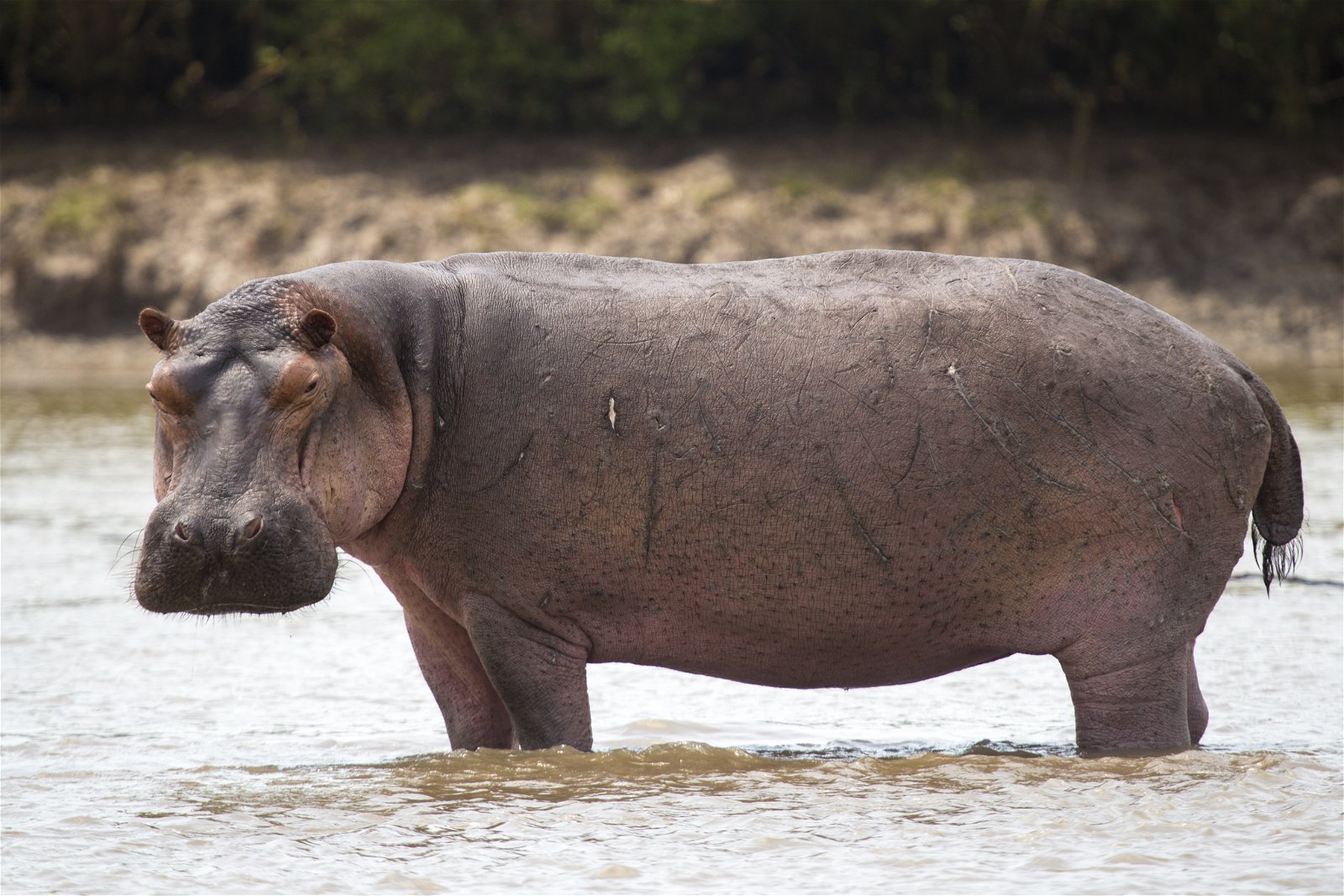
- Hippopotamus is a large semiaquatic mammal native to the sub-Saharan Africa.
- The word “hippopotamus” comes from the Greek word for “water horse” or “river horse,” although hippos and horses aren’t closely related.
- Aside from elephants and rhinos, the hippopotamus is the largest land mammal.
- Hippopotamuses have barrel-shaped bodies with short legs and long muzzles. They have a graviportal structure that allows them to carry enormous weight on land and move along the river bed.
- Habitat: Mostly found in rivers, lakes and mangrove swamps.
- Diet: They are herbivores and feed almost entirely on grass, with only minimal consumption of aquatic plants.
- Conservation Status: IUCN: Vulnerable | CITES: Appendix III.
- Threats: Hunting for meat, ivory tasks, etc and loss of habitat.
{Prelims – In News} Big Mac Index
- Context (TOI): The Big Mac inflation has been on a continuous uptrend since 2021.
- The Big Mac Index, coined as ‘Burgernomics’, is a non-official tool used to discern the difference in purchasing power parity between two countries where BicMacs are sold.
- Pamela Woodall, an economist, created it and first published it in The Economist magazine in 1986.
- The traditional method of measuring PPP or exchange rates between two countries is that the exchange rate should adjust so that a sample basket of goods and services costs the same in both countries.
- The law of purchasing power parity states that if the exchange rates are at the correct level, an identical basket of goods and services should cost the same in all countries.
- In the Big Mac Index, the basket of goods only contains a Big Mac Burger as sold by McDonald’s all over the world. McDonald’s was chosen as it is present in almost all countries.
- The price of a Big Mac includes the price of ingredients and other overheads, which are more reliable for comparison.
Calculation
- To obtain the Big Mac PPP exchange rate between two countries, the price of a Big Mac calculated in the country’s currency is divided by the price of a Big Mac in another country. The value obtained will be the exchange rate.
- This value is then compared with the actual exchange rate. If the value obtained is more than the exchange rate, then the first currency is overvalued, and vice-versa.
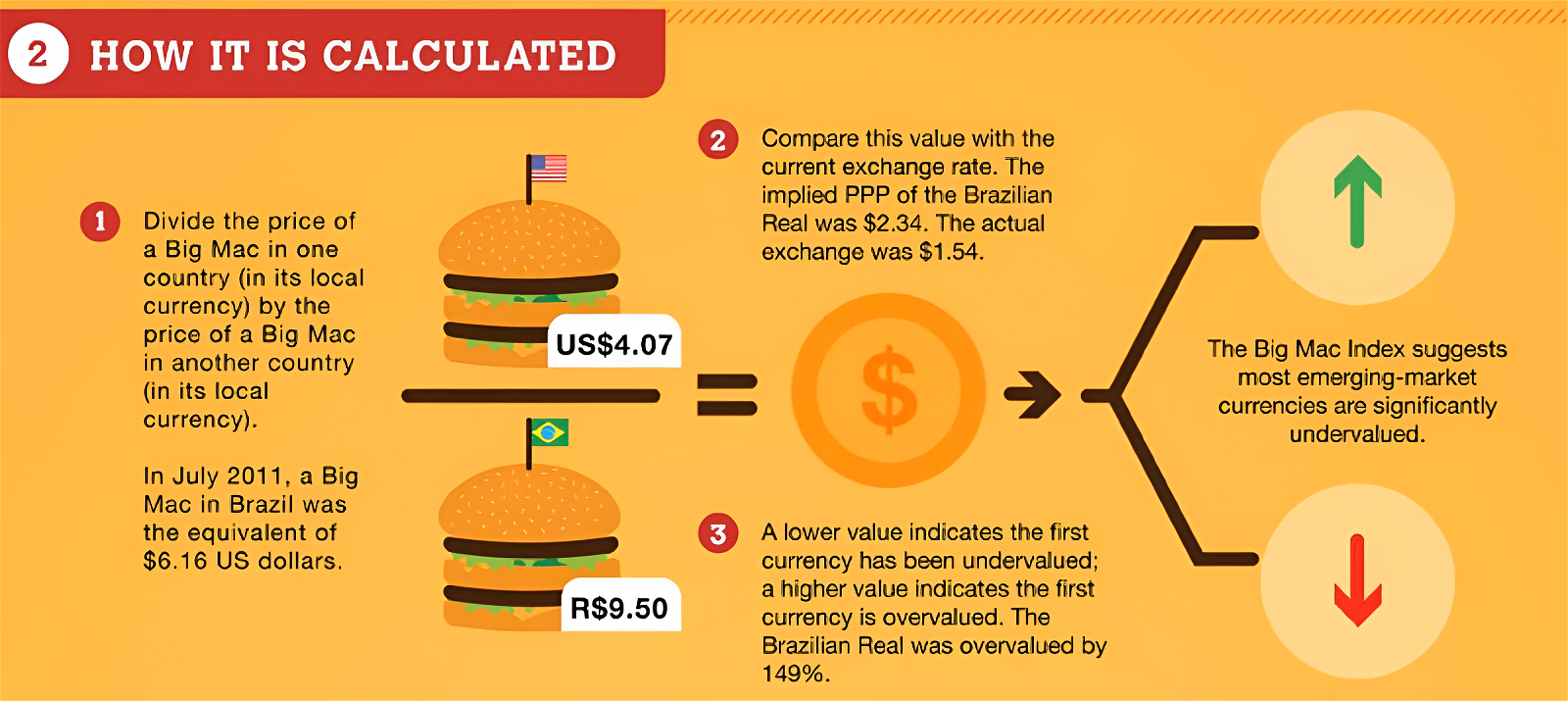
Variations
- iPod index: In 2007, an Australian bank introduced the iPod Index, which is similar to the Big Mac Index.
- Gold Mac Index: In this index, purchasing power parity is calculated on the basis of how many burgers can be purchased with one gram of gold in a particular country.
{Prelims – In News} USTR’s Special 301 Report
- Context (HB): The US has once again placed India on its ‘priority watch list‘ for alleged issues with IP (intellectual property) protection and enforcement.
- The Special 301 Report is released annually by the USTR (US Trade Representative) to assess IP protection and enforcement regimes in trading partner countries.
- This list also includes China, Russia, Venezuela, and three others.
Findings
- The report highlights concerns about trademark infringement investigations and trademark opposition backlog in India.
- It also mentions issues like online piracy and insufficient legal means to protect trade secrets.
- The report suggests that India needs to fully implement WIPO Internet Treaties and ensure copyright statutory licenses do not cover interactive transmissions.
India’s Stand
- India has been on the ‘priority watch list’ for many years, indicating serious IP-related problems.
- New Delhi maintains that its IP laws comply with the WTO‘s TRIPS Agreement and it’s not obligated to make changes.
Challenges
- The ‘priority watch list’ does not entail immediate action, but if a country worsens, it could face retaliatory measures.
- There has been progress under the US-India Trade Policy Forum in addressing issues with trademark infringement investigations and pre-grant opposition proceedings, but numerous long-standing concerns still remain.
{Prelims – In News} World Energy Congress (WEC) 2024
- Context (PIB): The 26th World Energy Congress took place in Rotterdam, the Netherlands.
- Theme: Redesigning Energy for People and Planet.
- It seeks to explore the role of connected energy societies in driving forward global energy transitions in a less predictable, more turbulent and faster-shifting world.
World Energy Council
- It is a global body established in 1923 to promote the sustainable supply and use of energy.





![PMF IAS Environment for UPSC 2022-23 [paperback] PMF IAS [Nov 30, 2021]…](https://pmfias.b-cdn.net/wp-content/uploads/2024/04/pmfiasenvironmentforupsc2022-23paperbackpmfiasnov302021.jpg)
